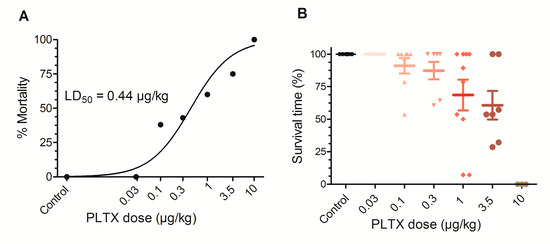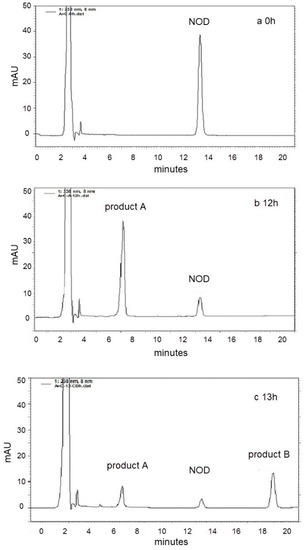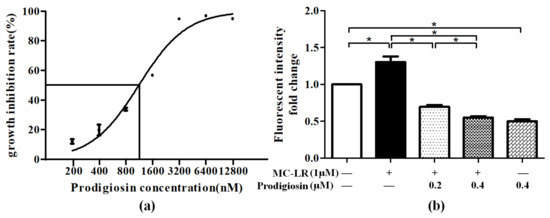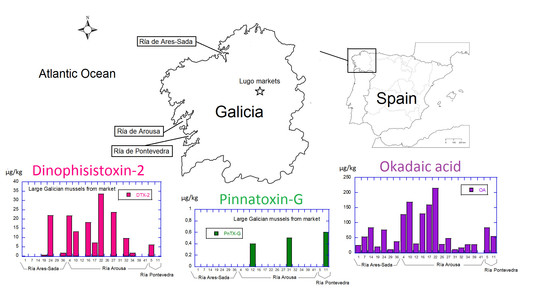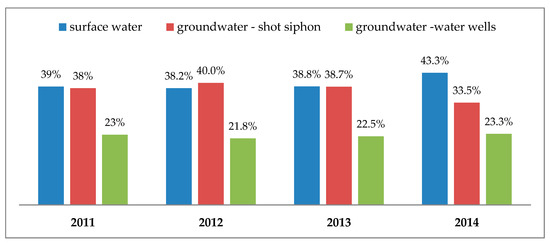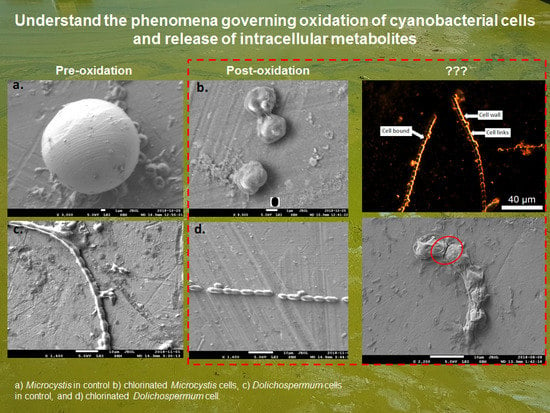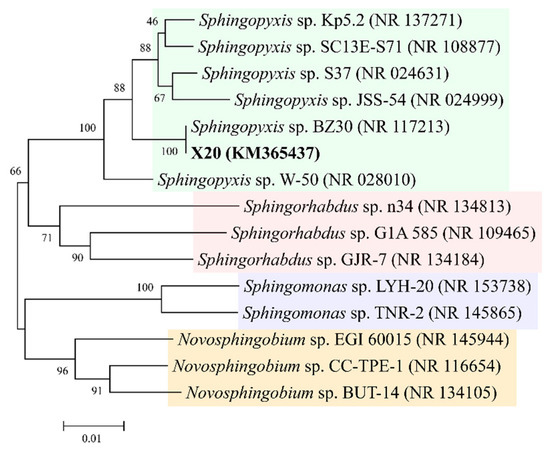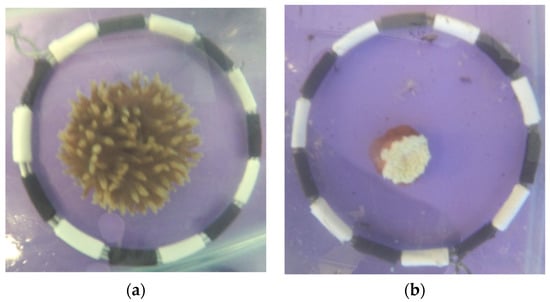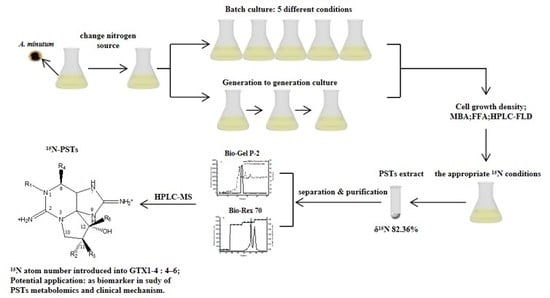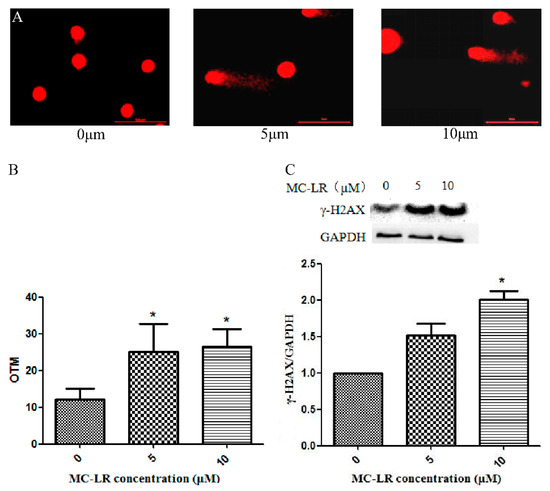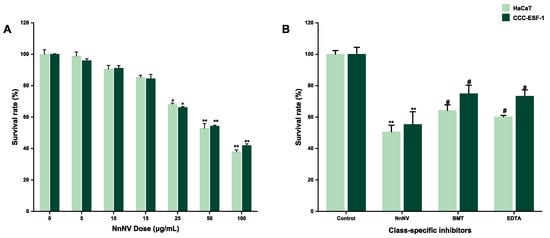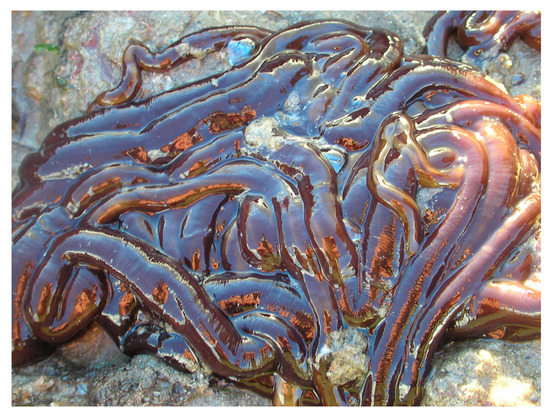Toxicological Challenges of Aquatic Toxins
A topical collection in Toxins (ISSN 2072-6651). This collection belongs to the section "Marine and Freshwater Toxins".
Viewed by 86836Editor
Interests: marine and freshwater detection; toxicology; pharmacology
Special Issues, Collections and Topics in MDPI journals
Topical Collection Information
Dear Colleagues,
Although marine and freshwater toxins are being explored by many research groups worldwide, they are still largely unknown. There is no sound explanation to justify the reason to their production by microalgae or cyanobacteria. In addition, their modes of action are, in several cases, unknown, and, in very few cases, the toxicity symptoms are ascribed to a defined molecular target. Some old toxin groups require a revision of the so-far-accepted mechanism of toxicity (i.e., phosphatase inhibitors), and this extends, especially in the case of marine toxins, to the interpretation of their toxicity equivalency factors, which are legally very important for monitoring and international trading. Additionally, knowledge of their pharmacokinetics is very limited, and in some cases even the concept of a compound being (or not) a toxin itself requires further research (i.e., cyclic imines or yessotoxin).
This topical collection will provide room for articles dealing with these gaps.
Prof. Dr. Luis M. Botana
Guest Editor
Manuscript Submission Information
Manuscripts should be submitted online at www.mdpi.com by registering and logging in to this website. Once you are registered, click here to go to the submission form. Manuscripts can be submitted until the deadline. All submissions that pass pre-check are peer-reviewed. Accepted papers will be published continuously in the journal (as soon as accepted) and will be listed together on the collection website. Research articles, review articles as well as short communications are invited. For planned papers, a title and short abstract (about 100 words) can be sent to the Editorial Office for announcement on this website.
Submitted manuscripts should not have been published previously, nor be under consideration for publication elsewhere (except conference proceedings papers). All manuscripts are thoroughly refereed through a double-blind peer-review process. A guide for authors and other relevant information for submission of manuscripts is available on the Instructions for Authors page. Toxins is an international peer-reviewed open access monthly journal published by MDPI.
Please visit the Instructions for Authors page before submitting a manuscript. The Article Processing Charge (APC) for publication in this open access journal is 2700 CHF (Swiss Francs). Submitted papers should be well formatted and use good English. Authors may use MDPI's English editing service prior to publication or during author revisions.
Keywords
- Marine toxin
- Cyanotoxin
- Mechanism of action
- Toxicity
- Toxicity equivalency factor
- Pharmacological interaction
- Microalgae production







